There are Nine Big No-No’s.
Tempting foods surround us. They cry out – buy me, eat me.
And we do!
That’s how manufacturers, chemists and marketers make their money.
To cut costs they use additives to
× make food look and taste delicious
× keep food ‘alive’ for longer
But some additives are poison.
Bad for you and bad for your brain!
Are these additives in YOUR food?
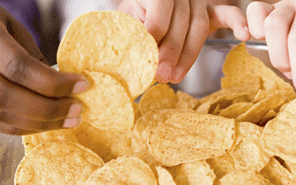
#1 is found in:
margarine, vegetable shortening, crackers, cookies, baked goods, salad dressings, breads and chips
What's the poison?
PARTIALLY HYDROGENATED OIL • Primary source of trans fat (twice as difficult for the body to dissolve as saturated fats) • Trans fats boost bad (LDL) cholesterol and decreases good (HDL) cholesterol • Active agent in heart disease, diabetes, nutritional deficiencies and cellular deterioration. • Notes: Products with less than 0.5g of trans fat per serving can carry a “trans-fat free” label. “fully hydrogenated oil” does not contain trans fats.Content goes here
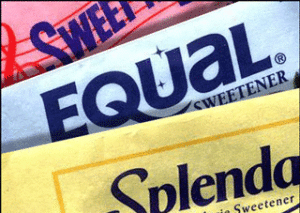
#2 is found in:
soft drinks, foods with reduced sugar, your tea and coffee??
What's the poison?
ARTIFICIAL SWEETENERS The
research debate continues with some studies linking the use to cancer in rats . Many health-conscious people are not prepared to take the risk. We agree. • Sucralose (Splenda). Made from sugar but scientists have changed the chemical composition to replace three hydrogen-oxygen molecules with chlorine atoms. • Saccharin (Sweet’N Low). Made from petroleum. FDA passed it as safe in 2010. • Aspartame (Equal). Combines two amino acids—phenylalanine and aspartic acid. FDA approved it for human consumption. • Acesulfame-K (Sweet One). Two studies have linked it to cancer in rats.
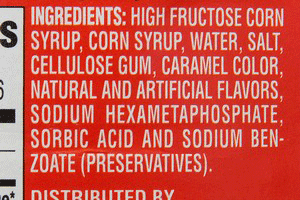
#3 is found in:
soft drinks, sauces, salad dressings, breads, breakfast cereals and bars, processed snacks and even some processed fruit and vegetables.
What's the poison?
HIGH FRUCTOSE CORN SYRUP • A highly processed form of glucose converted into fructose. • Cheaper to produce. • Opponents say it inhibits leptin (the hormone responsible for telling your brain that you’re full), damages tissue and can contain toxic levels of mercury. • Supporters admit that too much sugar increases the risk of diabetes, obesity and other metabolic disorders, including brain function.
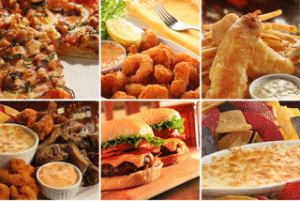
#4 is found in:
canned soup, diet beverages, an array of popular fast food, packaged sausages and frankfurters, beef stew, instant soups, salad dressing and some packaged vegetarian foods.
What's the poison?
MSG • Has more than 40 forms in food: monosodium glutamate, maltodextrin, sodium caseinate, autolyzed yeast, autolyzed vegetable protein, hydrolyzed vegetable protein, yeast extract and even citric acid. • MSG in all of its forms is considered a neurotoxin because it has been shown to damage nerve cells by overexciting them to the point of cell death. • MSG is also a chemo-inducer of obesity, type II diabetes and metabolic syndrome.
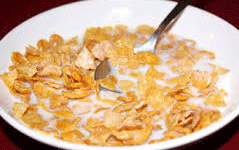
#5 is found in:
breakfast cereals, potato chips, beer, nut mixes, butter spread and chewing gum to keep them from going rancid. (To name just a few).
What's the poison?
BHA (BUTYLATED HYDROXYANISOLE) and BHT (BUTYLATED HYDROXYTOLUENE) • Commonly-used antioxidant preservatives • The US Department of Health and Human Services identified them as known carcinogens, but the FDA allows them. • They have a negative impact on sleep and appetite and have been associated with liver and kidney damage, hair loss, behavioural problems, cancer, fetal abnormalities and growth retardation.
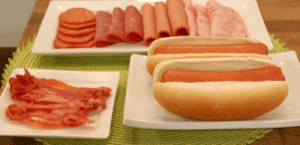
#6 is found in:
meats like hot dogs, bacon and sausage.
What's the poison?
SODIUM NITRATE AND SODIUM NITRITE • Used to colour and preserve the shelf life of meats like hot dogs, bacon and sausage. • These additives mix with stomach acids to form nitrosamines, potent cancer-causing cells associated with oral, stomach, brain, oesophageal and bladder cancers. • Noticeable side effects include dizziness, headaches, nausea and vomiting. • Always look for additive-free meats and small-goods.
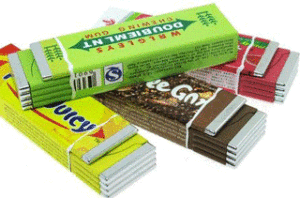
#7 is found in:
vegetable oil, potato sticks, chicken soup base, meat products, chewing gum and cosmetic products.
What's the poison?
PROPYL GALLATE • Antioxidant preservative to prevent fats and oils from spoiling (often used with BHA and BHT). • Thought to cause cancer although the evidence is inconclusive.
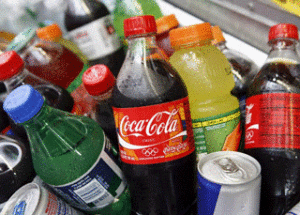
#8 is found in:
some fruit juices, carbonated drinks and pickles to prevent growth of microorganisms in acidic foods.
What's the poison?
SODIUM BENZOATE AND BENZOIC ACID • used to prevent growth of microorganisms in acidic foods. • They occur naturally and usually affect only people with allergies • However, when sodium benzoate is used in beverages also containing ascorbic acid (vitamin C), the substances can form small amounts of benzene, a chemical that causes leukaemia and other cancers. Although the benzene amounts are small, you should generally avoid it, especially in acid-containing foods and beverages.
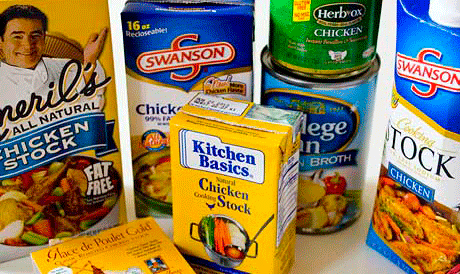
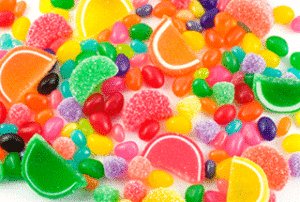
#9 is found in:
pet food, beverages, baked goods, desserts, candy & sweets and sausage.
What's the poison?
FOOD COLOURINGS, Some foods are coloured with natural substances like beta-carotene and carmine. These are safe. 17 of 24 synthetic dyes (many are petroleum-based) have been banned from use in American foods. See also: https://home.greens.org.nz/factsheets/food-additives-your-questions-answered Red #3, used in candy, baked goods and desserts, has demonstrated chromosomal damage and thyroid tumours. Red #40, found in drinks, desserts, candy and pet food, has spurred lymph tumours in lab testing. Yellow #5 (aka tartrazine) and #6 may cause thyroid and kidney tumours, lymphocytic lymphomas and chromosomal damage. Always opt for foods that use natural dyes like beta-carotene or annatto, or those that are dye-free.
Don’t take risks with YOUR brain.
Make it a habit to check food labels.
We have an excellent eBook Brain Food, Food for Thought which will give you many healthy alternatives to these Nine No-No’s.








![]()

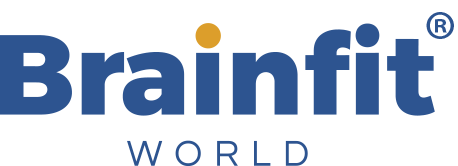

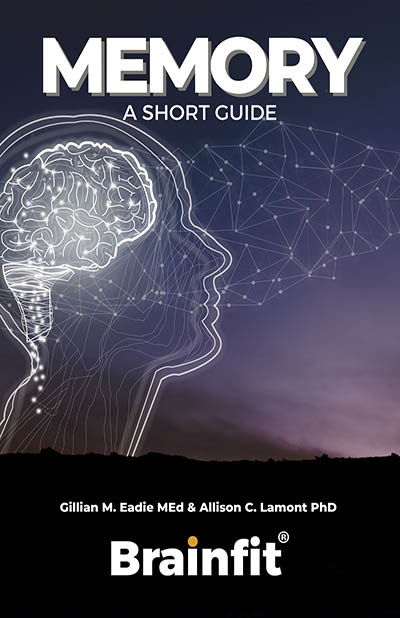
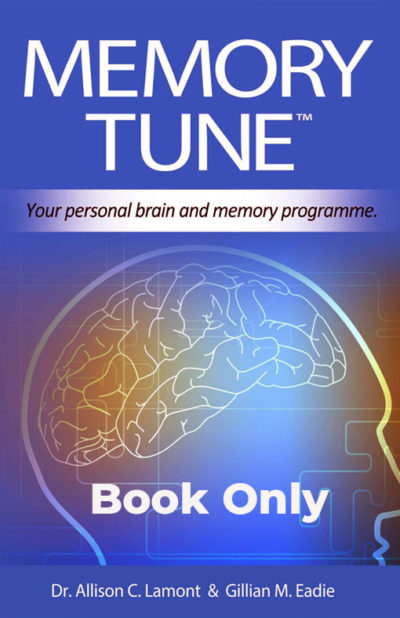


Wow I was gobsmacked as I read through the list. T hank you for putting it together. I will avoid those as much as possible. Bob.
Thank you for making me aware of the foods that are good for the brain, There were three of these products that I will avoid.
The research was a revelation to me, also! I am now one of those people you see in the supermarket reading the small print on labels. Many of them just give a number – so of course it isn’t clear immediately what they are. It is important knowledge, though …..Looking after your brain is SO important.
Thank you, Bob. Time spent reading labels is well-spent. There are so many healthier alternatives out there; it is just a case of knowing to look. These additives had slipped ‘under my radar’ but I am much more careful now.
I see that this information was also published back in 2015. Whilst I am aware of the harm of some additives I have learnt that there are foods that I now know to avoid. I consider that generally I have a healthy diet…… but there is always room for improvement. Thank you for all your hard work in keeping us educated.
Acheta powder is a partially defatted powder obtained from whole house crickets. It is used as a protein source in various foods.
Well, here’s a new one to watch out for.